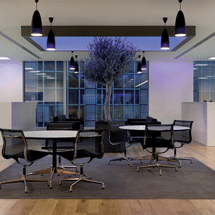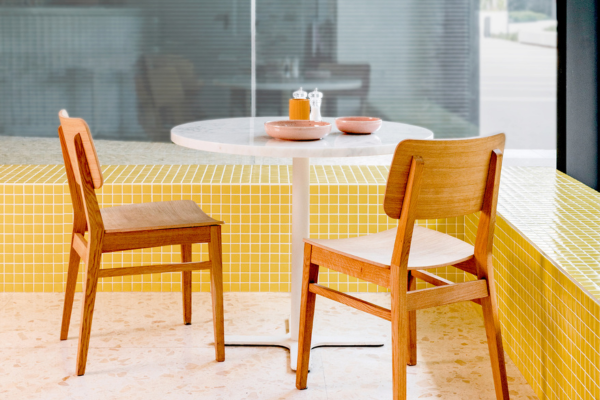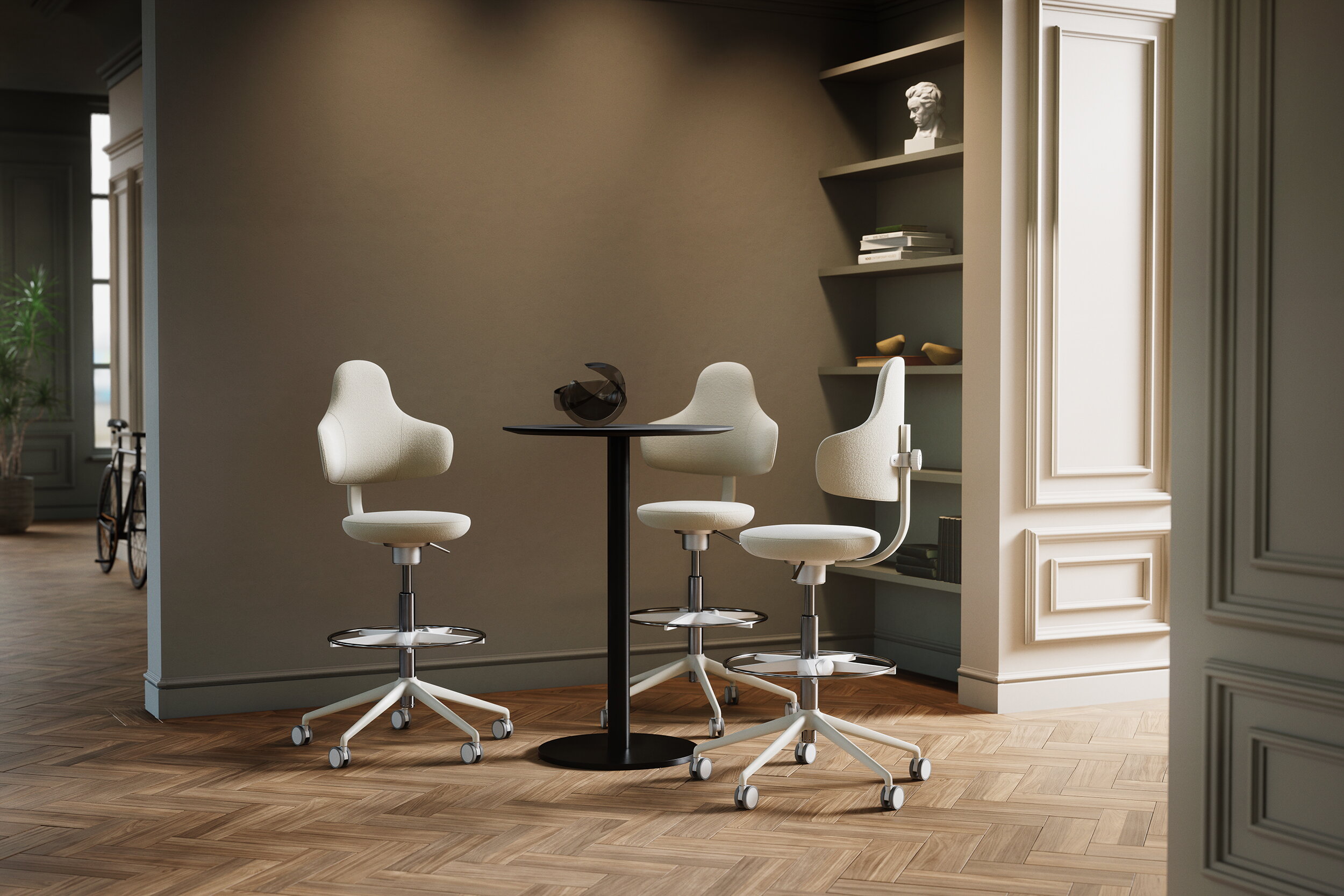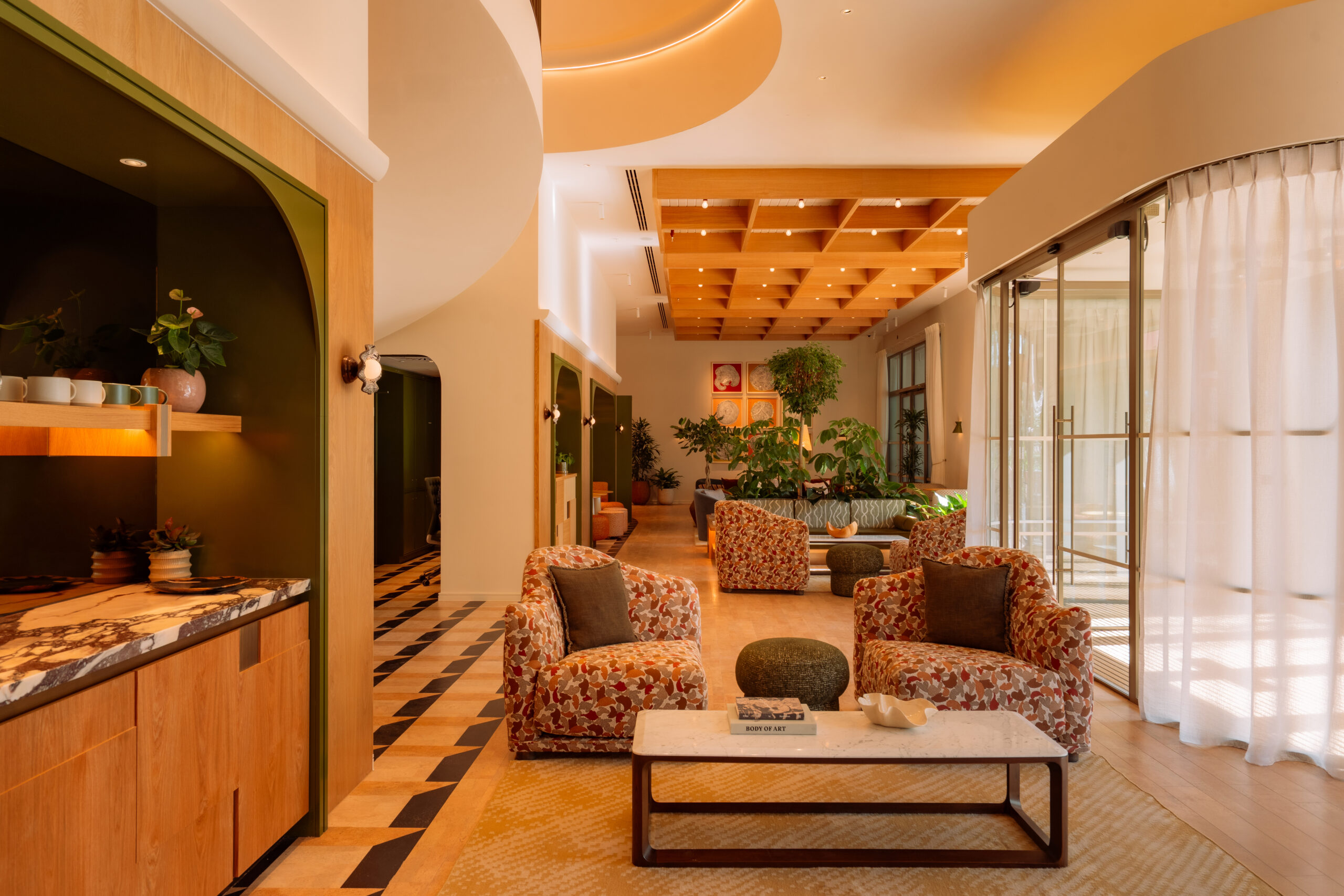
 These days, an ethical and economic case can be made for recyling just about everything. With a restricted emissions age descending upon us – plus a commercial property market not quite as buoyant as it was – the same case can be made for regenerating outdated (read: unsightly, generally unusable) office buildings.
These days, an ethical and economic case can be made for recyling just about everything. With a restricted emissions age descending upon us – plus a commercial property market not quite as buoyant as it was – the same case can be made for regenerating outdated (read: unsightly, generally unusable) office buildings.
The benefits are clear: whenever possible, working with existing office stock means less lead-in time for developers and the ability to better manage a building’s entry onto the market – this, plus the obvious environmental credibility that would come with bringing a building back form the dead instead of knocking it down and starting over.
John McCrae, director at ORMS Architecture Design – which has led on various refurbishment projects including the Met Building and the ISG offices in Aldgate – believes that refurbishment of buildings, whether on a large or small scale, is the best way forwards if circumstances permit.
“Knocking down for the sake of it is a bit of a cop out,” he insists. “We strongly believe that unless there are fundamental problems, then rebuilding is the starting point.” In many cases, he says, what architects come up with rivals new builds in terms of fulfilling the needs of clients or potential tenants.
The firm’s revamping of the ISG Headquarters (which is, apparently, almost 100 per cent carbon neutral), in an “ageing, tired and hard-to-let deep office floor” in Aldgate House, bagged the national award from the British Council for Offices (BCO) last year. But it goes without saying that there are monumental challenges in these sorts of projects. “We were asked to avoid the telltale signs of a refurbishment,” says McCrae of the transformation of the Met Building. “Basically, it had to feel like a completely new building.”
No small feat when you’re dealing with a 1960s office block with a glaring “obsolete” stigma attached to it. It was unventilated, had only single glazed windows, low floor-to-ceiling heights and didn’t come close to meeting standards for modern ways of working. As a solution, the floor plates were extended with air-conditioning, then built into the cladding system to maximise floor-to-ceiling heights and new glazing installed. “All this was done while retaining the existing structure – it’s a really good example of reuse of an existing building,” he says.
What’s more, says McCrae, in addition to cost savings and a quicker turn-around time, developers do seriously consider green issues when deciding whether to retain a building. “With the introduction of energy performance certificates, this simply has to be a factor now,” says McCrae.
So is the desire for green credentials the main drive? Or is it simply a case of new builds not bringing in the returns they might have in the past? Festus Moffat, of John Robertson Architects and project architect on the refurbishment of 10 Queen St Place in London, says that the retention of the facade or elements of an existing structure “has got to be a good idea” for lessening environmental impact – though he doesn’t necessarily believe sustainability is what drives developers to regenerate older buildings. There are very practical reasons why they are opting to work with what they’ve got, he says.
“In London there are a lot of buildings that are simply too big to demolish,” says Moffat. “It could also be because they’re protected or maybe the existing building has some nice features. Developers and architects are then forced to work within the existing fabric to produce a building that is as good as it can be.”
At 10 Queen St Place, which also snagged a regional BCO award for best refurbished/recycled workplace in 2006, old atriums were filled to create meeting points. New atrium shafts linked by glazed bridges were cut to draw light into the building and to break gargantuan floors into more manageable spaces of 16 to 20m. Helical stairs, a double-height entrance and new cladding helped update the aesthetic and add a bit of flair.
“It wasn’t a face-lift – it was really open-heart surgery to make the space usable and meet the standards of a modern client,” says Moffat. “All refurbishments have a difficulty. There is always a surprise for you and sometimes lots of them. The structure is never quite built the way the record drawings show, if you’ve even got them. But that’s the challenge. How do you make it all fit and make the building a great workplace for the next 50 years?”
Of course, the challenge can also come in the form of a listed building or even a building that was never designed for offices in the first place. Allies and Morrison was given the brief to turn a derelict Grade II listed airplane hangar in Farnborough – which hadn’t been used for almost 30 years and had blown-out windows, leaking roof, asbestos and a raft of other problems – into flexible offices.
The result is The Hub in Farnborough, which has been knitted into a business park with other new office buildings. “As architects, we loved it, we thought it was a fantastic building. It’s got a hint of Frank Lloyd Wright about it,” says Miles Leigh, who worked on the project. “We convinced the client it was feasible to convert it at a reasonable cost.”
He adds: “I think people are beginning to see the value of having a mixture of building stock. More and more, people are realising that tenants enjoy the quirkiness of older buildings. If you go into a majority of business parks, you’ve just got sleek glass boxes with artificial landscape.”
There are also huge cost savings in not having to bring new materials in or out, or demolition, because half the building is already there, says Leigh – not to mention the fundamental sustainability and conservation issues to consider. “I think both refurbishment and new builds are valid – we can see the value in both,” says Andrew Clifford, a member of the BCO environmental sustainability group. “However, every site should be considered for refurbishment before demolition rebuild. And greening a building during the course of a refurbishment not only reduces environmental impact but also adds value to the building stock.”























